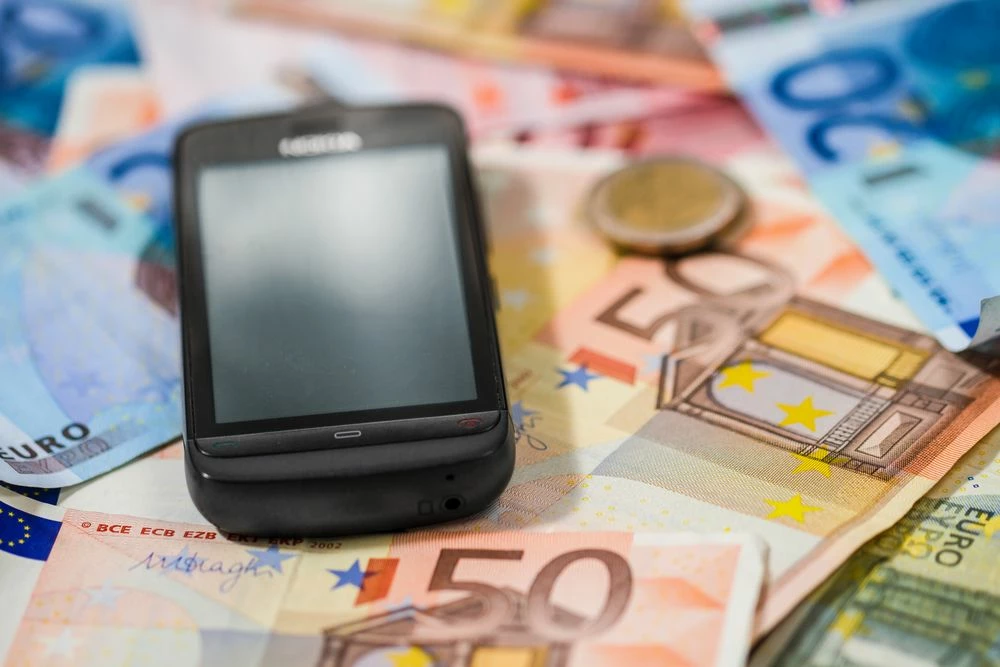
Partner Article
Mobile payments: Why a mobile phone needs to be more than a fat credit card
Recent news that Amazon has announced a card reader and mobile app for small business owners to take payments on their mobiles shows just how far the payments industry has come. Couple this with Apple’s announcement that the iPhone 6 handset will include a ‘tap and pay’ iWallet wireless payment system and suddenly you start to realise that how you pay for things matters more to consumers now than ever. Offering people the right choices for payment can make all the difference between a completed purchase and an abandoned basket.
We have more payment choices available to us than ever before, but not every payment option is right for everyone or every product. Indeed, there have been plenty of experiments in mobile payments that have failed. Why? Because they basically set out to take something pre-existing for which payments via cash or cards worked perfectly well, and simply tacked a mobile dimension on to the end. Granted, a lot of the enabling technology was very clever but the proposition for the mobile consumer, in a lot of these cases, was not compelling enough. Mobile payments are getting simpler but, in most cases, they still have a job to do to displace cards and cash.
Research we commissioned earlier this year supports this view. Our key finding was that consumers see nothing fundamentally wrong with cash and cards. Indeed debit cards remain the most popular choice of payment (preferred by 48% of us), while cash is now preferred by about a quarter a quarter (although that percentage increases within lower income groups). While the growth in spending is being fuelled by ‘non-cash, non-card’ payments, which include mobile payments and vouchers, these new methods remain minority pursuits. People are not about to start ditching their wallets in favour of their phones for some time.
Online and mobile technologies, in particular, work when they enable brand new, instant and immediate experiences with new payment processes embedded within them. For example, Hailo lets people hail and then pay for taxi ride without having to worry about carrying cash with them. PayByPhone does a similar job in street parking, freeing customers from the worry of having to rush back to the car to top up the machine if they run out of time. These apps have proved so successful because they do more than replace the payments process: they use the functions inherent in the mobile device genuinely enhance the customer experience.
It’s not how you pay, it’s what you’re paying for that counts
As handset manufacturers begin launching mobile devices with payment functionality hard-wired into them, businesses have a golden opportunity to develop all kinds of new commerce offerings. In order to be a hit with consumers they will need to offer things that only a mobile device can offer: location specificity, personalisation, the mobile screen real estate, smartphones’ SMS messaging and voice calling capabilities. And it is in these areas where mobile payments have a significant edge over ‘dumb’ cash and card payments. It is here where businesses can really add value to consumers, in a way they can’t with cash and cards.
As long as cards and cash remain our favourite means of payment, businesses looking at opening up the mobile channel have to be sure that they are giving consumers clear reasons for purchasing via their phones. After all, if all the phone does is make a payment, it’s no more use than a fat credit card.
This was posted in Bdaily's Members' News section by Dan Salmons, Managing Director, PayPoint Mobile and Online .
Enjoy the read? Get Bdaily delivered.
Sign up to receive our popular morning National email for free.








 How to make your growth strategy deliver in 2026
How to make your growth strategy deliver in 2026
 Powering a new wave of regional screen indies
Powering a new wave of regional screen indies
 A new year and a new outlook for property scene
A new year and a new outlook for property scene
 Zero per cent - but maximum brand exposure
Zero per cent - but maximum brand exposure
 We don’t talk about money stress enough
We don’t talk about money stress enough
 A year of resilience, growth and collaboration
A year of resilience, growth and collaboration
 Apprenticeships: Lower standards risk safety
Apprenticeships: Lower standards risk safety
 Keeping it reel: Creating video in an authenticity era
Keeping it reel: Creating video in an authenticity era
 Budget: Creating a more vibrant market economy
Budget: Creating a more vibrant market economy
 Celebrating excellence and community support
Celebrating excellence and community support
 The value of nurturing homegrown innovation
The value of nurturing homegrown innovation
 A dynamic, fair and innovative economy
A dynamic, fair and innovative economy